But how do you know when the time is right? Should you jump in feet first or plan carefully? If you’ve been wondering how you can take your freelance career to the next level, the good news is you’re not alone. We have spoken to design professionals on the ground who have found success in starting their own businesses, and streamlined their wisdom into seven great tips to alleviate your concern and set you on the path to becoming the boss of your brand new business.
If all this talk of career change has made you realise you do need a change, we've got thousands of active design jobs just waiting to be filled. It might also be time to give your portfolio a little TLC, in which case you should head over to our awesome portfolio examples post that is guaranteed to jump start you into action.
01. Jump in, but be prepared
Take the pressure off yourself financially, the stress of running out of money is definitely not the way you want to start your new dream. “Make sure you have enough money in the bank for at least three to six months,” says Tom Muller, founder of design studio helloMuller, “and have at least one client you’re already working with. It takes time to really get rolling as a business.”
Designer Luke Tonge agrees that the key is in the preparation: “Save hard when the money is good – have a rainy day fund bank account that you can tap into when necessary – and keep a good pipeline of work so there’s always an iron or two in the fire."
02. Improve your cashflow
Decide how best to bill for your time, too. Whether by the hour, the day, or project-to-project, it has to work for you, says content strategist Sarah Seaton.
03. Keep overheads low
04. Invest in the right tools
05. Try everything
This is a philosophy that has proved successful for Fiasco Design. “When we started the agency we didn’t start out with any predefined idea of what we wanted to be or how we wanted to grow. There was no five-year business plan, no company road map, no grand vision. Any dreams or ideas we did have for the business you could have fit onto a post-it note.”
At the time, the UK economy was in a state of shock and the job market was flat. “Getting things off the ground and turning the business into something that paid us a full-time wage wasn’t easy and took a good year or so to do,” explains Steers. “The only way we managed to do this was by saying yes to everything and then worrying about the rest later.”
06. Find good people
“Find your champions,” advises Swedish designer Jenny Theolin. “When I started, I had made many friends who were also business owners. They shared everything from contract templates to new business advice. Moving country four and a half years ago, I had to start this all over again. So be prepared for this process being never-ending.”
07. Build your values
“Don’t say yes to assignments you really don’t think fit you,” advises Dutch illustrator and graphic designer Sue Doeksen. It can be better to be selective and hold out for assignments that suit better, “otherwise you’ll end up producing work you don’t feel happy with.”
Steers and Smith built a business and a culture based on trust and honesty and their ambition was simple: to dedicate themselves to work they enjoyed, that they were genuinely passionate about. Smith adds: “The assumption was always that if we did good work, the rest would follow. That’s kind of how it’s worked out.”


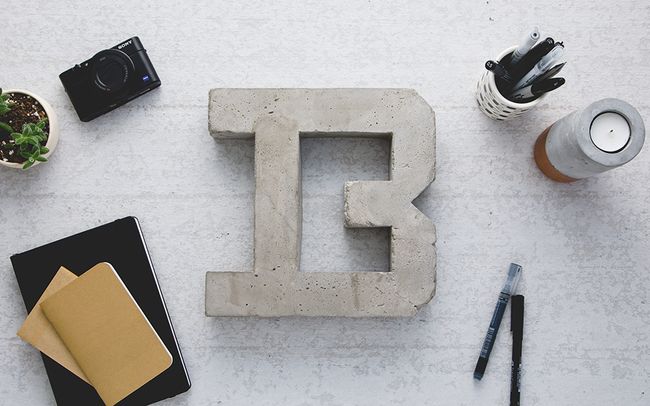

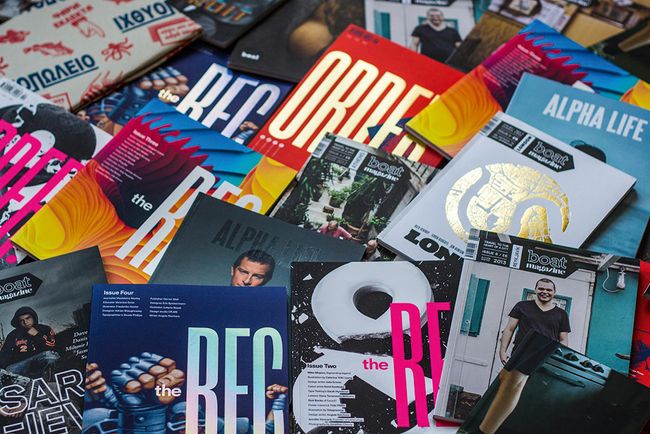
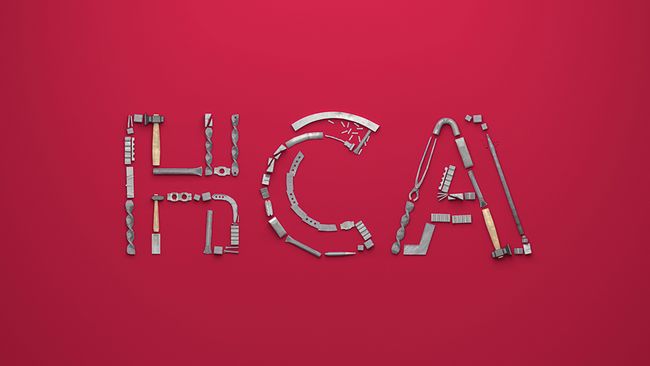
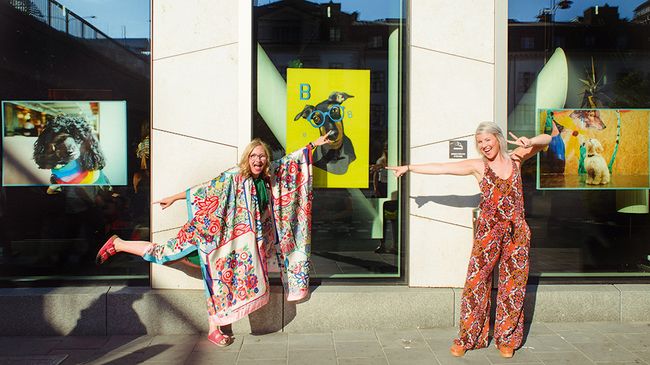
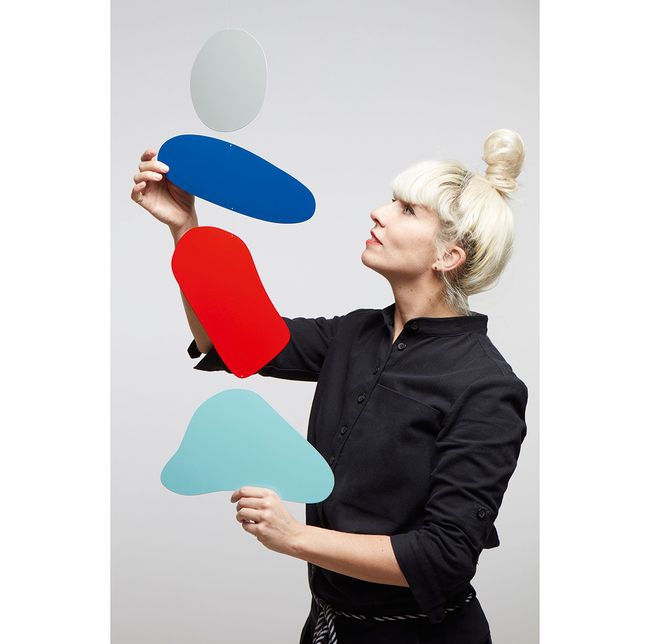










No comments:
Post a Comment